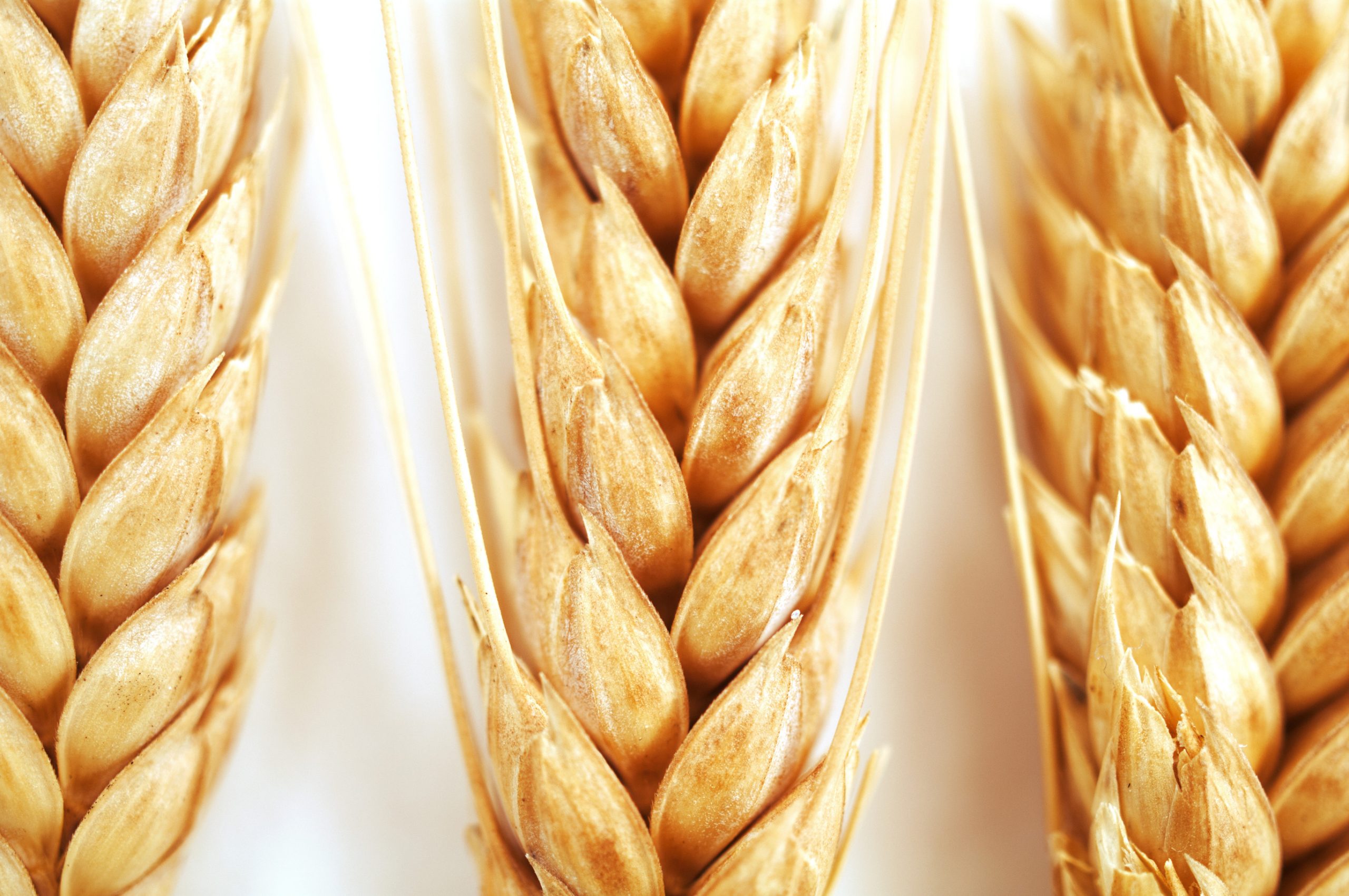Wheat spikelet gene: Potential for grain growers

The shape and size of spikelets in wheat is controlled by a gene. Researchers have now identified this gene, which could help boosting the production output of this important crop.
Diversity of floral architecture has been exploited by generations of crop breeders to increase yields, and genetic variation for this trait has the potential to further boost grain production. The study focused on the genetics behind a specific mutant trait in bread wheat known as paired spikelets, where a wheat inflorescence is formed of 2 spikelets instead of the usual 1. This trait, which bears resemblance to flower production in corn and rice, is a variation that could lead to increase in yield.
A team of the John Innes Centre in the UK say the underlying genetic mechanism they have found is also relevant to inflorescence (floral) architecture in a number of other major cereals including corn, barley and rice.
The findings, published in the journal The Plant Cell, give breeders a new tool to accelerate the global quest to improve wheat. The study also highlights a range of next generation techniques available for fundamental research into wheat, the world’s most abundantly produced crop.











